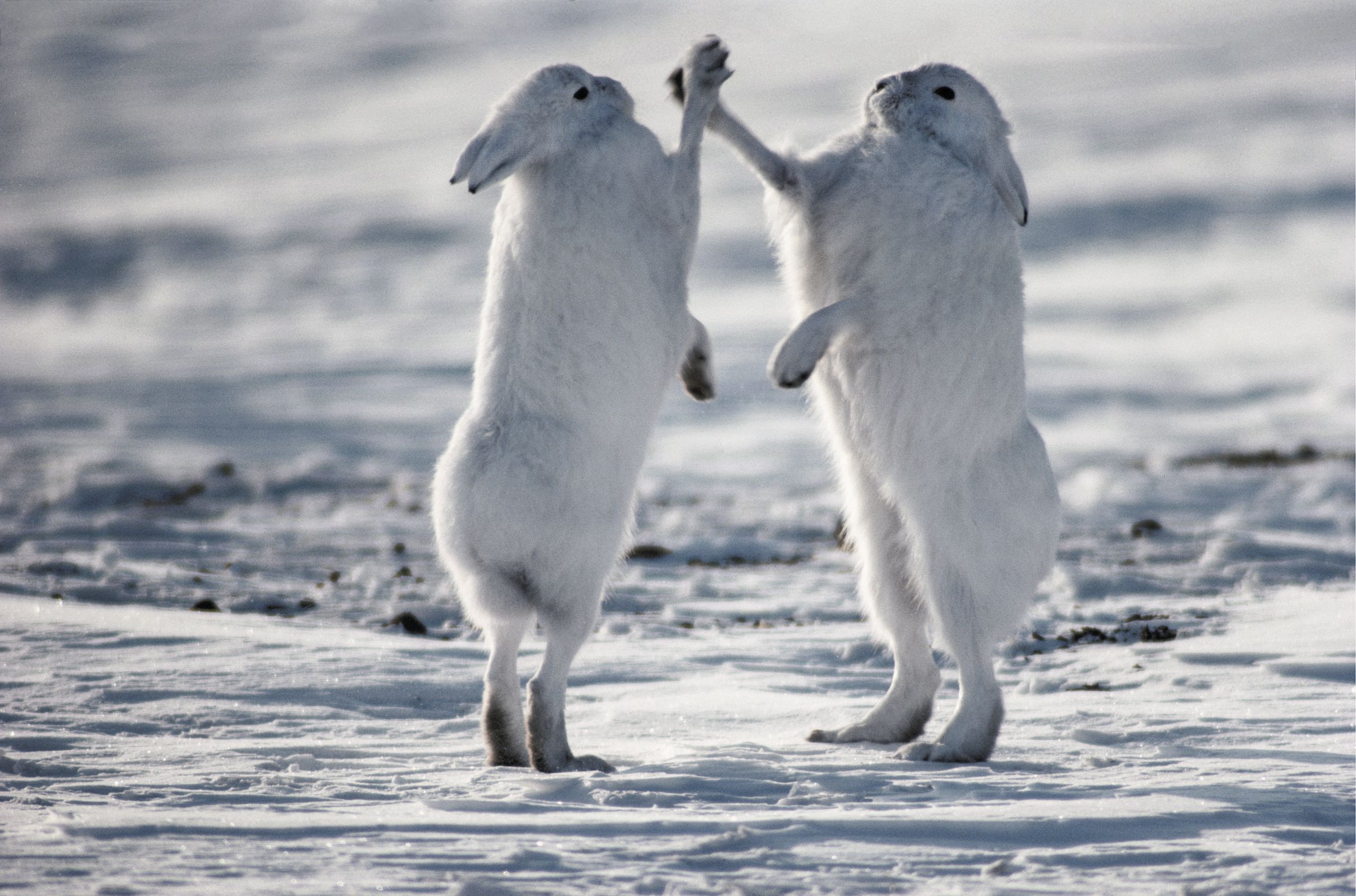In the world we live in, we can come across several unique ecosystems situated in different parts of the globe. Those ecosystems differ based on various climatic, geological, and geophysical factors. Both plants and animals that are biologically adapted to grow and develop in humid tropical regions are unlikely to survive in peaceful surroundings or extremely freezing climates.

As animals and plants nourishing under different temperatures cannot survive under high humid conditions, those animals and plants consist of various structural and behavioral adaptations which assist them in getting through those unfavorable environmental conditions without any difficulty. Those structural and behavioral adaptations are unique to each animal most of the time.
As we know, in Polar Regions, humans cannot survive without taking particular actions to resist unfavorable environmental conditions. But amidst those conditions, we can still find certain animals living there without any hardship. So let’s have a closer look at how this kind of a thing is possible.
Climate in the Arctic Circle

The Arctic Circle is a line of latitude that rounds the globe nearly at 66°33′ north of the equator. Throughout the Arctic Circle, the climate is almost the same. These areas always experience short summers and very long winters. So due to the scarcity of adequate sunlight, plant growth in these regions are very minimal. So due to all these, species in the Arctic Circle have to overcome various challenges for survival.
Animals showing particular adaptations in the Arctic region
1. Lemmings (Lemming)

Lemmings are a kind of short-tailed Vole that lives in the Arctic Circle. As there are only a limited number of plants in those regions, it’s not suitable for these rat-like species to live outside. So as a counter mechanism, these animals live in caves dug under snow. To survive in the extreme cold, they have thick fur that will help them keep their body warm. On the other hand, the air trapped in snow acts as a heat insulator which helps to keep the burrow warmer than the surrounding. This is similar to the mechanism which keeps igloos warm inside. So these animals thrive through digging in the snow.
2. The Arctic Rabbit (Lepus arcticus)

“Arctic Rabbits,” as their name itself states, they too live in the Arctic region. These species possess the longest fur than any other rabbit in the world for the sole purpose of protecting themselves from freezing.
These species can frequently be found living together as large groups. So, as a result, the effect of shallow temperatures is minimized due to the heat emitted from the bodies of hundreds of rabbits dwelling closer to each other. This is how they overcome their main challenge of surviving in the cold.
3. The Arctic Squirrel (Urocitellus parry)

This squirrel living in the Arctic protects itself from the cold through hibernation. There they put themselves to sleep for at least six to seven months. Before the winter season begins, these species collect various kinds of natural stuff available in their surroundings which can be used as thermal insulators to stay warm.
Throughout the hibernating phase of those squirrels, their metabolic rate and heartbeat slow down to minimize energy loss from their body as heat. These creatures sleep all along the winter season, and once the hot season begins, they all wake up and get back to their normal lifestyle.
4. Musk Ox (Ovibos moschatus)

This animal, too, lives in the frozen Arctic. They spend a nomadic lifestyle roaming from place to place, searching for roots, mosses, and lichens for food. These animals possess a thick layer of wool in their body and what’s unique about its fur is that it consists of large empty spaces which can trap air in those spaces, and it can act as an excellent thermal insulator; this particular insulating property helps in keeping the ox warm during winter.
Like Arctic rabbits, these animals also live in large herds, which further helps them keep themselves warm during winter.
5. Polar Bear( Ursus maritimus)

This animal spent most of its life in or near sea ice. Also, it is considered one of the most adaptable creatures on Earth. Also, a polar bear has a thick layer of fat and fur, which increases its heat insulation ability several times.
Also, they have a greasy coat to shed water quickly after swimming to minimize heat loss. Also, it has white skin that acts as camouflage from prey on snow and ice.
At this moment, it depicts how hard it is for those species to survive in those habitats. But unfortunately, artificial environmental issues such as global warming have made their lives even more challenging. So we must make sure that our actions won’t make life harder for those creatures.
